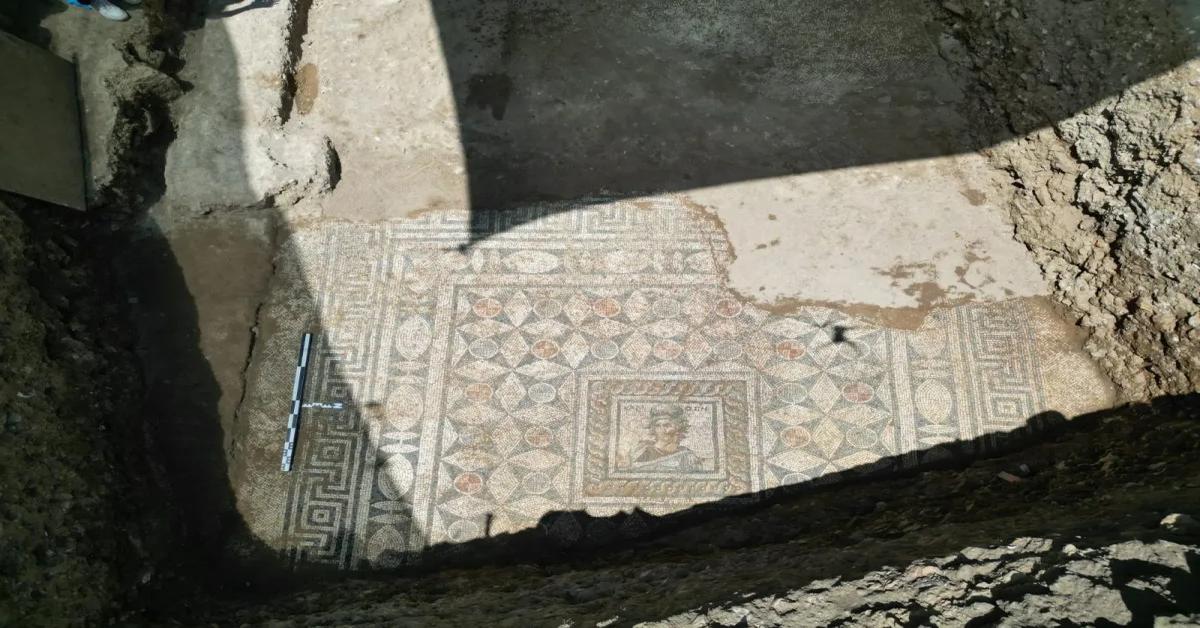
Archaeologists have made a significant find in the ancient city of Side, located in Türkiye's southern province of Antalya. They uncovered a mosaic floor from the 2nd century B.C. depicting Calliope, the muse of epic poetry. This discovery is part of the historic region's ongoing excavation and restoration efforts. This finding was led by the "Legacy to the Future" project, initiated by the Turkish Ministry of Culture and Tourism in 2023. The project aims to preserve and restore important historical sites. Excavations have focused on the area behind the monumental fountain (Nymphaeum) in Side. These efforts revealed this intricate piece of ancient art along with frescoes that demonstrate the period's artistic richness.

Side, an ancient port city crucial to the region of Pamphylia, has a history stretching back to the 8th century B.C. The city was named after the pomegranate in the language of the Luvians, an ancient Anatolian people. Several empires ruled Side throughout its history, including the Lydians, Persians, Greeks, Romans and Ottomans. Continuous invasions led to its abandonment by the 12th century, with residents migrating to nearby Antalya. This recent discovery adds to Side's archaeological significance. In Greek mythology, Calliope was the eldest of the nine Muses, goddesses who inspired the arts and sciences. She is traditionally associated with epic poetry and is often depicted with a writing tablet and stylus or a scroll. The mosaic featuring Calliope highlights the artistic prowess of the ancient inhabitants and provides new insights into the cultural and historical context of the period.

Archaeologists also uncovered frescoes on the walls surrounding the mosaic. These frescoes offer a glimpse into the aesthetic and artistic sensibilities of the era. Ongoing excavations continue to reveal Side's hidden treasures, fueling hopes for more significant discoveries. Professor Feristah Alanyali, the head of the excavation project at Anadolu University, emphasized the importance of these findings. "The monumental fountain is a key architectural feature, showcasing the city's grandeur. The restoration of this structure and the mosaic's discovery underscores Side's historical and cultural importance," she noted. The Turkish Ministry of Culture and Tourism announced the discovery through their social media accounts, drawing attention from historians and archaeologists worldwide. As excavations proceed, the team remains optimistic about uncovering further artifacts that shed light on the ancient city's past.